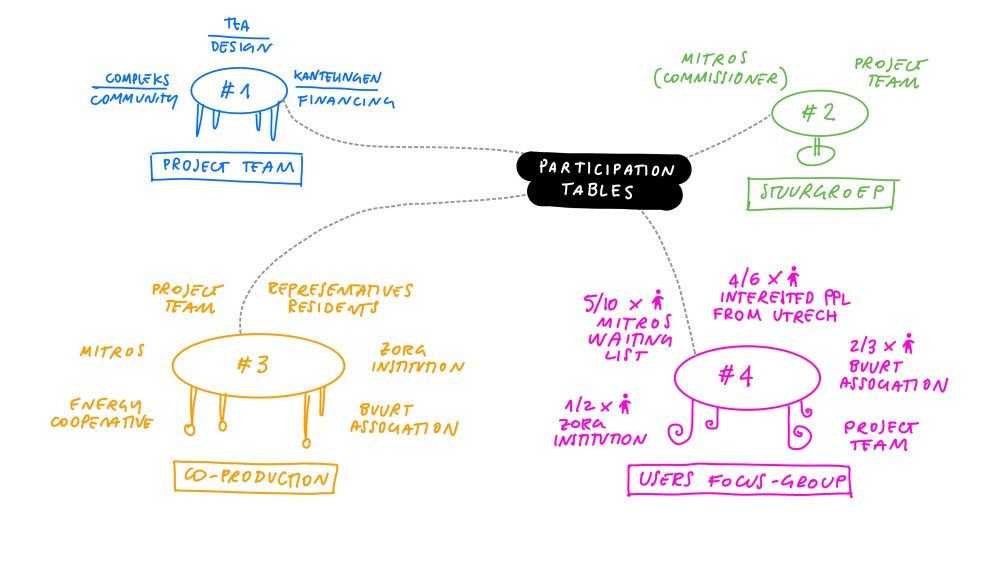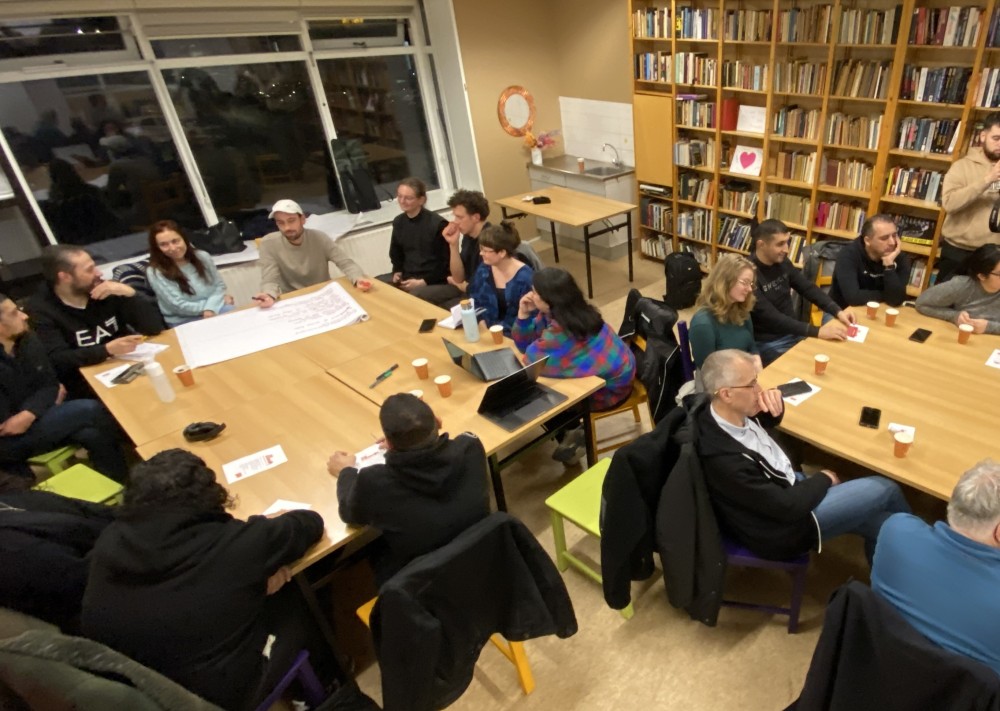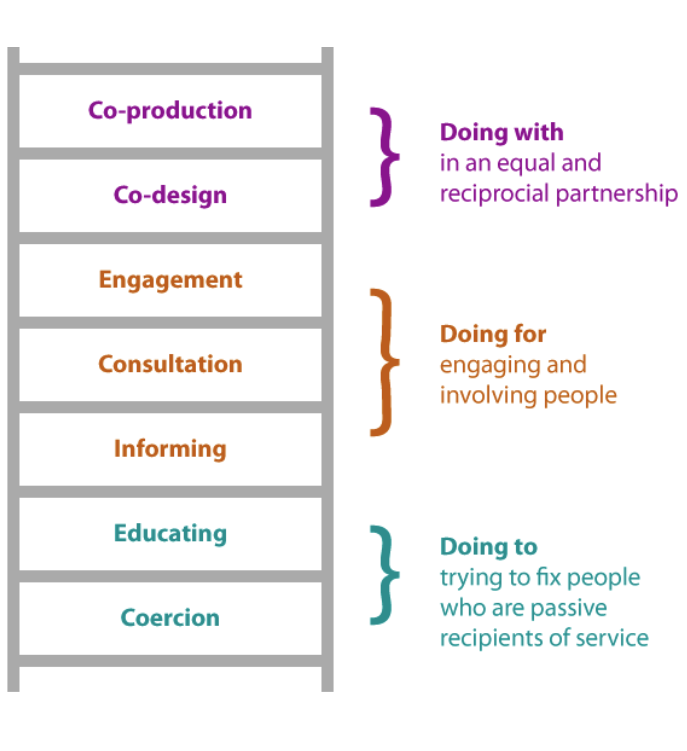What is co-production?
In co-production of homes, there is an equal relationship between residents and the people responsible for the realisation of the building. With co-production, future residents work together with a professional party throughout the process, from design to delivery, making the boundaries between residents and the developer less clear.
The conceptualization of 'collaborative housing' by Darinka Czischke (2018) clearly shows what we mean by this term. She argues that collaborative housing can be seen as an umbrella term encompassing different forms of housing with different degrees of collective self-organisation. According to her, an important part of this form of housing is that there is cooperation between (future) residents and external parties and/or stakeholders. In her words, cooperation means the coordinated pursuit of a common goal. This collaboration can take place within different phases of the project, during the design, construction and management phase.
We found the ladder of co-production a good tool to analyse the processes of co-production. Created by the National Co-production Advisory Group, this ladder describes a series of steps towards full co-production in healthcare. We believe that these steps can also be applied to residential construction. It provides a better understanding of the different key elements of co-production. It also helps us distinguish between other forms of resident participation and co-production. For example, if residents are only asked to give input about various elements of the development of the homes, we are talking about co-design. Autonomy and ownership in the process is important to distinguish between homes that are developed in co-production and homes that are created with other forms of resident participation.


